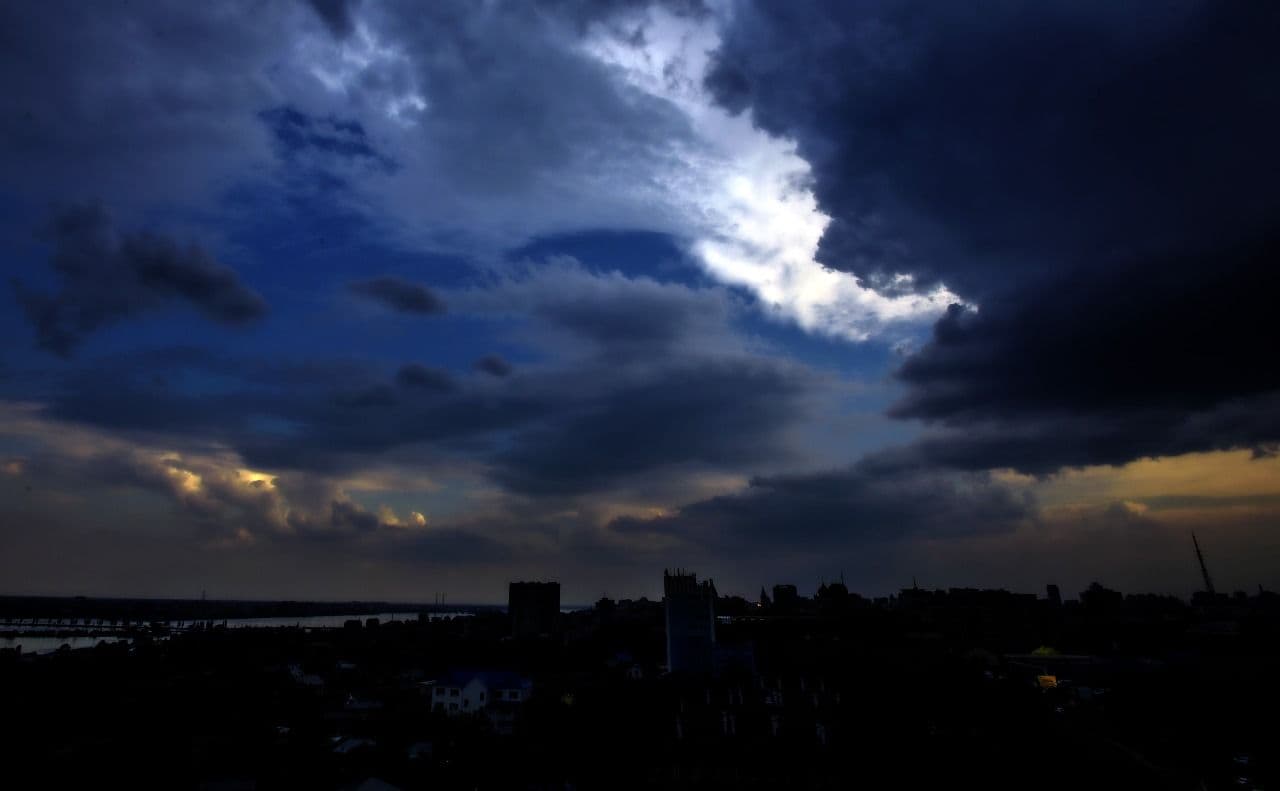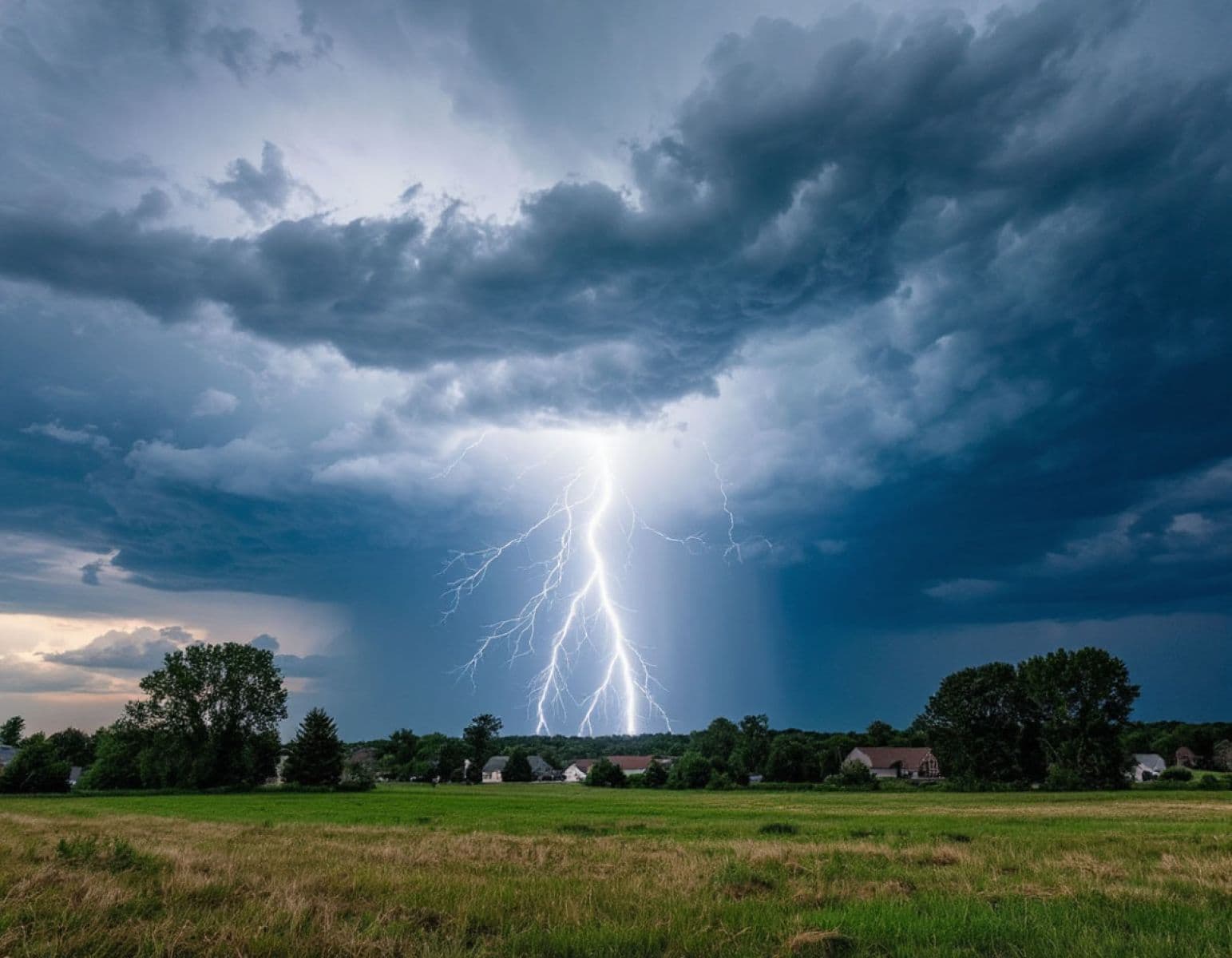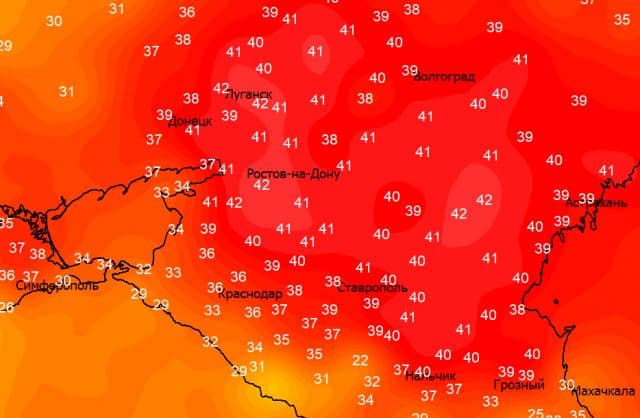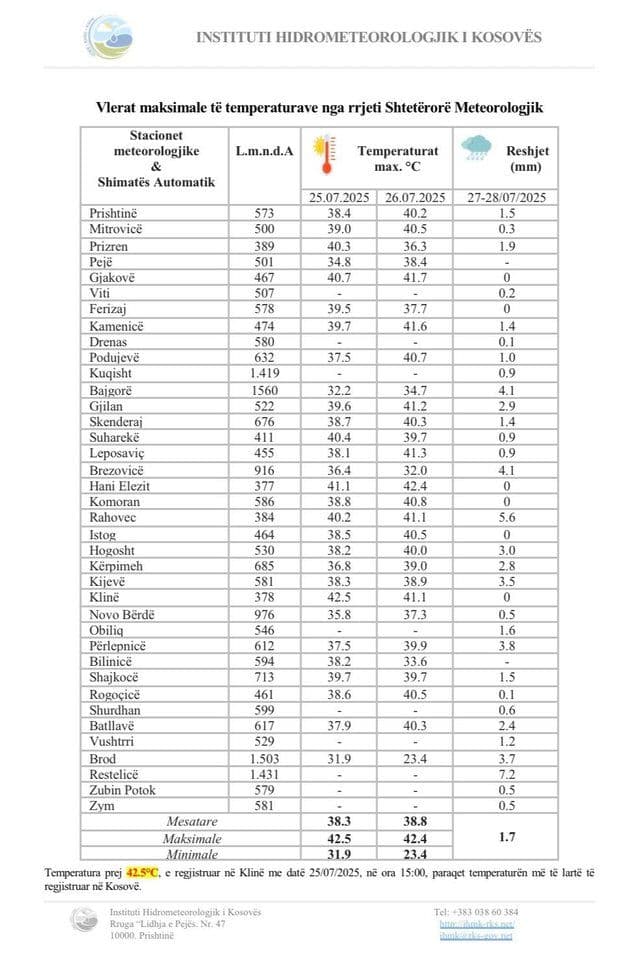Voronezh's Volatile Summer: Decoding the Orange Alert and Nature's Fury
Explore Voronezh's intense summer. From scorching heat to sudden storms and giant hail, discover how the city navigates an unprecedented orange weather alert.

The Looming Storm: An Orange Alert for Voronezh
finds itself under an 'orange level' weather alert, a serious warning issued by the , signaling a period of significant atmospheric upheaval. This isn't just a casual forecast; it's a heads-up for five distinct and potentially dangerous weather phenomena converging on the region. Residents are bracing for a potent mix of thunderstorms, heavy downpours, hail, and strong winds, all arriving on the heels of intense heat. The current sweltering conditions, with temperatures soaring to a scorching 36 degrees Celsius, are expected to linger until Saturday. This prolonged heat, in itself a challenge, also exacerbates another critical threat: an extremely high risk of forest fires, which remains a pressing concern across the region. The comprehensive alert underscores the immediate need for vigilance and preparedness as navigates this complex and potentially hazardous meteorological landscape.
From Sizzling Heat to Sudden Fury: This Weekend's Forecast
The transition from oppressive heat to tumultuous storms is set to unfold dramatically over the coming weekend. While endures the lingering 36-degree warmth through Friday, Saturday, July 19th, marks a sharp pivot in the weather narrative. The predicts that thunder, lightning, and substantial rainfall, accompanied by hail and strong winds, will sweep across the region. Daytime temperatures on Saturday are expected to cool slightly, settling into a range of +27 to +29 degrees Celsius under cloudy skies with intermittent clearings. Wind gusts, initially from the eastern quarter, could reach a brisk 7-12 meters per second. As night falls on July 20th, the temperature will drop further to around +18 degrees, with winds shifting southerly and easing to 5-10 meters per second, though rain will persist. This rapid shift highlights the volatile nature of summer weather in the area, demanding careful attention from everyone.
Beyond the Drops: The Impact of Extreme Weather Events
When a region experiences such a broad spectrum of extreme weather, the implications extend far beyond mere inconvenience. The combination of intense heat, severe thunderstorms, heavy rain, hail, and strong winds carries substantial risks. Prolonged high temperatures, as seen with the 36-degree heat, significantly elevate the danger of forest fires, threatening natural landscapes and potentially encroaching on populated areas. The sudden onset of severe storms, characterized by large hail and powerful wind gusts of 15-17 meters per second, can cause immediate and visible damage. We've heard recent reports of residents resorting to unusual measures, like hiding under tables to escape 'giant hail,' a stark reminder of the physical threat these events pose. Beyond personal safety, infrastructure is vulnerable; heavy rains can lead to localized flooding, disrupting transportation and urban services, while strong winds can down trees and power lines, leaving communities without essential utilities. These events aren't just weather phenomena; they're tests of urban resilience.
A City's Resilience: Adapting to Climate's Capriciousness
history with extreme weather isn't new; the city has long grappled with the capriciousness of its climate. Records for July 19th alone show a remarkable swing, from a sweltering +37.8 degrees Celsius in 2016 to a chilly +6.8 degrees in 1977. This historical variability underscores the ongoing challenge of adaptation. The regular issuance of 'orange level' alerts by the isn't just about warning; it reflects an established system designed to prepare the populace and emergency services for impending threats. City authorities and residents alike have learned to live with these fluctuations, developing a collective resilience. This involves public awareness campaigns, maintenance of drainage systems, rapid response protocols for fallen trees or power outages, and community efforts to mitigate fire risks during dry spells. It's a continuous, evolving process of learning from past events and refining strategies to protect lives and property in the face of nature's unpredictable moods.
Looking Ahead: Navigating Voronezh's Weather Landscape
As moves through this dynamic summer, the overarching pattern of extreme heat followed by violent storms and persistent fire risks appears to be solidifying into a new normal. This isn't merely a series of isolated events but potentially an indicator of broader climate shifts impacting the region. Looking ahead, navigating weather landscape will require sustained vigilance and proactive measures. It means continually enhancing urban infrastructure to withstand more frequent and intense rainfall, improving early warning systems for residents, and bolstering emergency response capabilities. For individuals, staying informed through official channels and taking personal preparedness steps will remain crucial. The city's ability to adapt and innovate in the face of these climatic challenges will define its future, ensuring that its resilience continues to grow stronger with each passing season. The dialogue about climate's impact and the necessary responses will undoubtedly remain a central theme for .
Related Articles

Voronezh's Weather Whiplash: Surviving the Sudden Swing from Heatwave to Tempest

Voronezh's Weather Whiplash: Surviving the Sudden Swing from Heatwave to Tempest

Rostov's Skyward Drama: Navigating a Summer of Extremes

Rostov's Skyward Drama: Navigating a Summer of Extremes

The Thermometer's Tantrum: Unpacking Earth's Unpredictable Temperature Swings

The Thermometer's Tantrum: Unpacking Earth's Unpredictable Temperature Swings

The Mercury's New Horizon: Navigating an Era of Unfamiliar Climates
